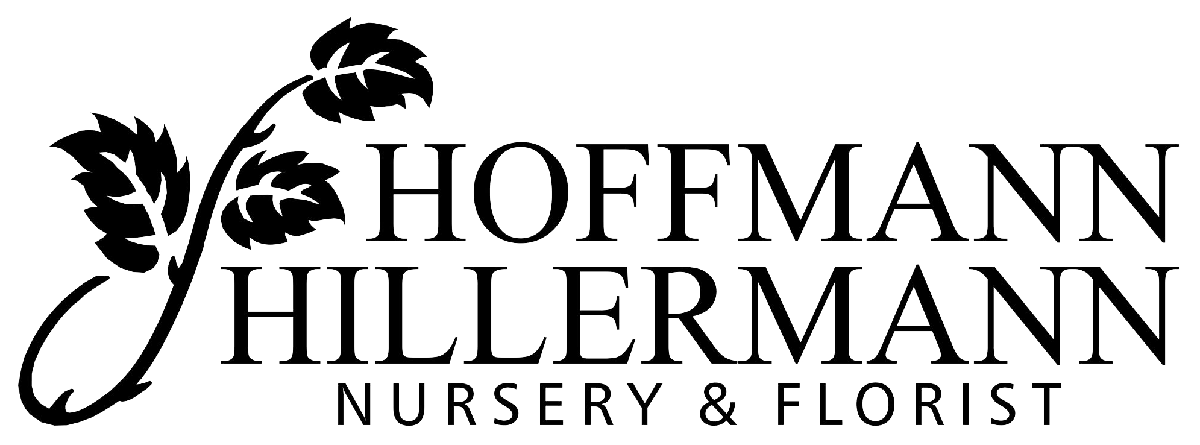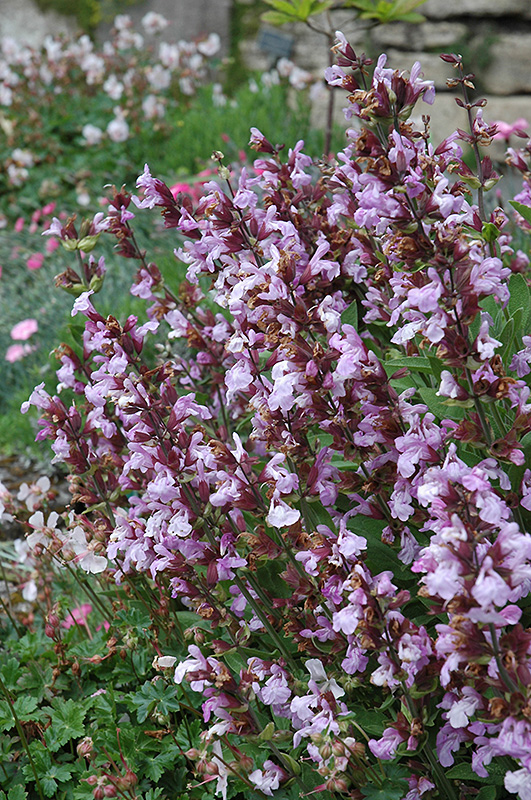Plant Finder
Plant Height: 12 inches
Flower Height: 16 inches
Spacing: 12 inches
Sunlight:
![]()
Hardiness Zone: 4a
Other Names: Common Sage, Culinary Sage
Edible Qualities
Dwarf Sage is a perennial herb that is typically grown for its edible qualities, although it does have ornamental merits as well. The fragrant narrow green leaves can be harvested at any time in the season. The leaves have a savory taste and a strong fragrance.
The leaves are most often used in the following ways:
- Cooking
- Drying
- Seasoning
Features & Attributes
Dwarf Sage has masses of beautiful racemes of fragrant lavender pea-like flowers with purple streaks rising above the foliage from early to mid summer, which are most effective when planted in groupings. The flowers are excellent for cutting. Its attractive fragrant narrow leaves remain green in color throughout the season.
This is an herbaceous perennial herb with an upright spreading habit of growth. Its medium texture blends into the garden, but can always be balanced by a couple of finer or coarser plants for an effective composition. This is a relatively low maintenance plant, and is best cleaned up in early spring before it resumes active growth for the season. It is a good choice for attracting bees, butterflies and hummingbirds to your yard, but is not particularly attractive to deer who tend to leave it alone in favor of tastier treats. It has no significant negative characteristics.
Aside from its primary use as an edible, Dwarf Sage is sutiable for the following landscape applications;
- Mass Planting
- Border Edging
- General Garden Use
- Naturalizing And Woodland Gardens
- Herb Gardens
- Container Planting
Planting & Growing
Dwarf Sage will grow to be about 12 inches tall at maturity extending to 16 inches tall with the flowers, with a spread of 15 inches. When grown in masses or used as a bedding plant, individual plants should be spaced approximately 12 inches apart. Its foliage tends to remain dense right to the ground, not requiring facer plants in front. It grows at a medium rate, and under ideal conditions can be expected to live for approximately 9 years. As an herbaceous perennial, this plant will usually die back to the crown each winter, and will regrow from the base each spring. Be careful not to disturb the crown in late winter when it may not be readily seen!
This plant is quite ornamental as well as edible, and is as much at home in a landscape or flower garden as it is in a designated herb garden. It should only be grown in full sunlight. It prefers dry to average moisture levels with very well-drained soil, and will often die in standing water. It is considered to be drought-tolerant, and thus makes an ideal choice for a low-water garden or xeriscape application. It is not particular as to soil pH, but grows best in rich soils. It is somewhat tolerant of urban pollution. Consider applying a thick mulch around the root zone in winter to protect it in exposed locations or colder microclimates. This is a selected variety of a species not originally from North America.
Dwarf Sage is a good choice for the edible garden, but it is also well-suited for use in outdoor pots and containers. It is often used as a 'filler' in the 'spiller-thriller-filler' container combination, providing a mass of flowers and foliage against which the larger thriller plants stand out. Note that when growing plants in outdoor containers and baskets, they may require more frequent waterings than they would in the yard or garden.


